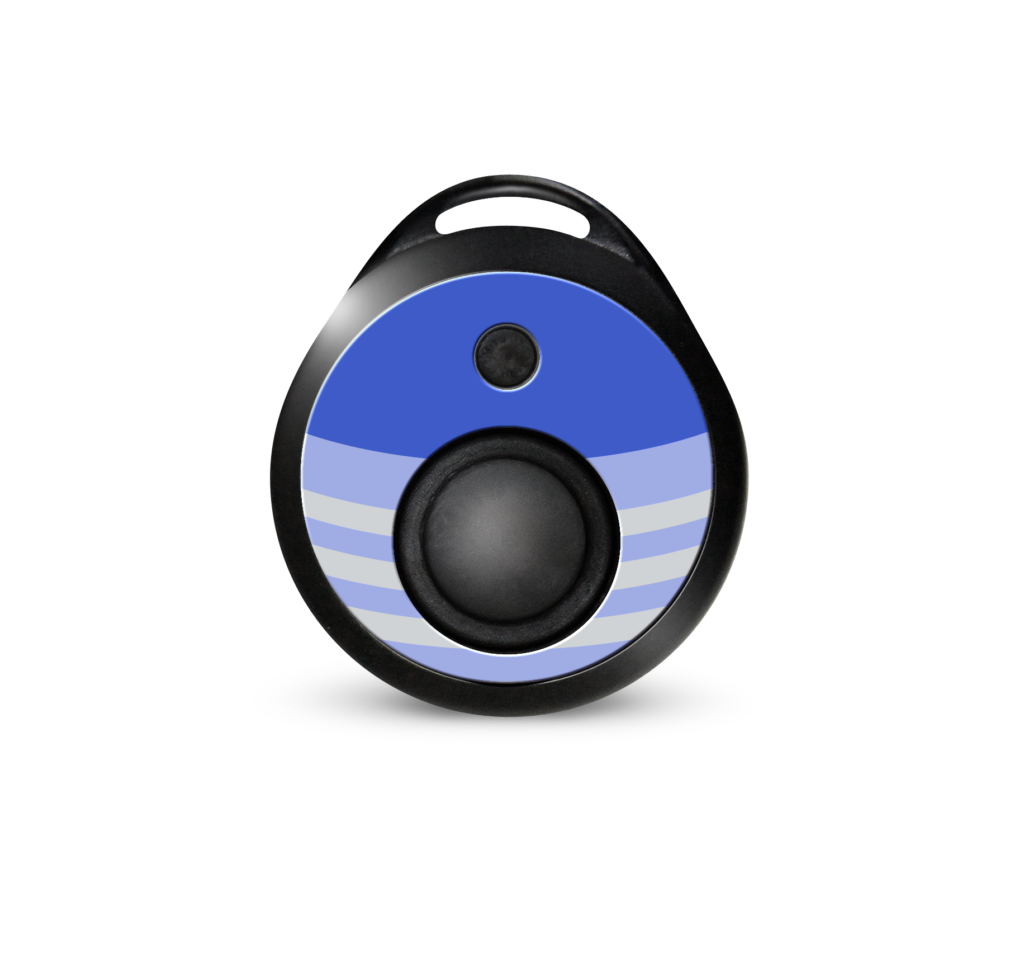Caring for seniors posed unique challenges in 2021 and that will likely continue in 2022, not just because of the pandemic. In addition to normal health care needs, care providers have had to adapt to protect seniors from the virus. With networks of friends and family members unable to visit, nurses and family caregivers have worked overtime to meet the needs of seniors. And one technology, in particular, has made it possible to limit interactions and monitor the health and safety of seniors at home or in care facilities remotely, mobile personal emergency response systems (mPERS). However, the transition to 5G mobile technologies could soon pose a threat to these devices.
The basic functionality of panic button devices has not required rapid advancement of the technology that powers their operation. This and other factors affecting the mPERS industry have resulted in a device drought and slow efforts to upgrade older 3G mPERS devices. Now, manufacturers are forced to catch up with changing networking standards in order to continue to provide the safety and peace-of-mind customers rely on from their devices.
Families and medical professionals who rely on mPERS devices to ensure the safety and well-being of their family members or patients need to know if the devices will become unreliable as network upgrades are made. This can be accomplished by contacting the device manufacturer or the company providing monitoring services for the device. If it is discovered that devices are operating on 2G or 3G networks, it would be wise to upgrade the mPERS devices as soon as possible. Discuss options with service providers to turn in existing devices for 4G models.

For existing devices that are in use in care facilities or patients’ homes, implementing a regular testing schedule to ensure the devices are operational and have coverage is imperative. Weekly, devices should be triggered to ensure that SOS messages are being transmitted. This simple test would only take a few seconds and would quickly determine if backup safety measures need to be taken or if the panic buttons can be relied on. Users may find that mPERS devices being used in more rural areas will continue to have 2G or 3G coverage, while those in urban areas will lose coverage sooner. This is simply because of the tendency for telecom companies to upgrade towers in urban areas with dense populations and large business centers first.
Transitioning from 2G or 3G panic buttons to 4G devices could come with an added cost. But it is an essential upgrade to ensure ongoing protection and monitoring companies may be offering incentives to support the transition. New mPERS devices can also do more than monitor for falls, location, and place emergency SOS calls. These new devices can also be capable of monitoring heart rate, ECG, temperature, and other vital signs that can support improved remote patient monitoring (RPM), creating opportunities for improved proactive care. As the aging care industry grows, mPERS will play a crucial role, and these latest upgrades are just the beginning of the potential of these devices.
By: Chris Holbert, CEO of mobile safety solutions provider SecuraTrac (www.securatrac.com)